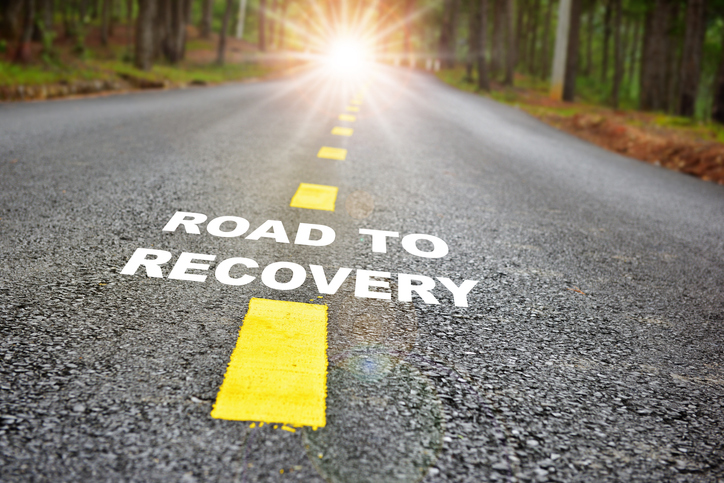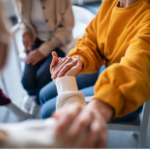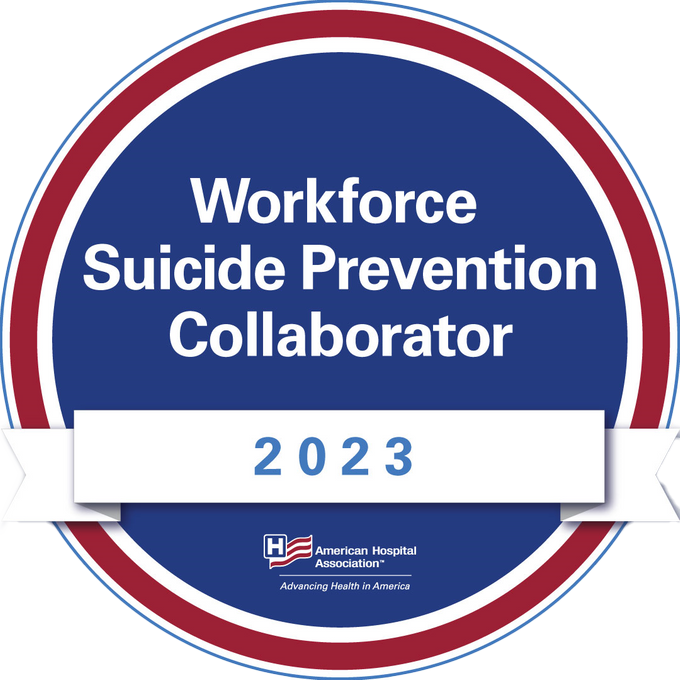Our country has long struggled with an epidemic of substance misuse, and the human cost has only gotten higher with each passing year. According to the latest Trust for America’s Health (TFAH) and Well Being Trust Pain In the Nation report – analyzing “deaths of despair” due to drugs, alcohol, and suicide – 2020 saw a 30 percent one-year increase in the number of drug overdose deaths, contributing to the highest recorded number of deaths due to substance misuse in a single year. Key findings from the report include:
- 96,096 Americans died from drug-induced causes in 2020.
- 47 out of 50 states, and the District of Columbia, saw an increase in drug-induced death rates in 2020.
- Compared to 2019, the rate of drug-induced deaths increased among every age group except people over 75.
- Overdoses involving synthetic opioids, such as fentanyl, rose 56 percent from 2019.
External societal factors have served to exacerbate this crisis over the last several years. Rural communities in states including Ohio, West Virginia, and Kentucky were hit hardest in the initial years of the crisis. Communities of color in more densely populated urban areas have seen a disproportionate rise in more recent deaths from synthetic opioids and other illicit drugs, partly due to longstanding structural inequities and barriers to receiving adequate health care. And substance use in 2020 skyrocketed across nearly all demographics, driven by the unprecedented grief, isolation and anxiety that many individuals and families experienced during the COVID-19 pandemic.
This epidemic would be tragic enough if the consequences were limited to those who misuse substances. The reality, though, is that the addiction crisis has a massive societal impact. America’s labor economy loses about $92 billion in productivity annually between premature overdose deaths and hours lost to either substance use disorder or incarceration.
It is important to remember that addiction and substance use disorders are matters of mental health. Continued, prolonged use of drugs and/or alcohol can lead to chemical changes in the brain that effectively rewire it and cause it to act differently.
Our elected leaders have advanced some much-needed legislation in recent months to address this crisis. The Biden administration released its National Drug Control Strategy, prioritizing expansion of access to SUD treatment and support services, reduction of youth substance use, and advancement of racial equity in drug control policy, among other things. Last year the Department of Health and Human Services announced their Overdose Prevention Strategy, with a focus on evidence-based harm-reduction initiatives and increasing access to care for individuals and families impacted by substance use disorders.
While this federal action is certainly laudable, it’s far from enough. In the Pain In the Nation report, we included a comprehensive list of recommendations for lawmakers at all levels, including:
Invest in programs that promote health and prevent substance misuse and suicide:
- Support in-school programs focused on students’ mental health and preventing substance use.
- Strengthen trauma-informed and culturally competent and linguistically appropriate programs within all youth-serving agencies, including the juvenile justice system.
- Strengthen the continuum of crisis intervention programs with a focus on the newly established 988 Suicide and Crisis Lifeline.
- Expand CDC comprehensive suicide-prevention efforts, including measures to strengthen economic supports, promote connectedness, and create protective environments.
- Build programs that address the social determinants of health and promote resilience in children, families and communities including those focused on the prevention of adverse childhood experiences.
Address the substance misuse and overdose crises:
- Promote harm-reduction policies to reduce overdose and blood-borne infections, including increasing access to syringe service programs, naloxone, and fentanyl test strips.
- Preserve and extend programs that create more flexible access to substance use disorder treatment during the pandemic.
- Direct funding from the opioid litigation settlement to primary prevention of youth substance misuse.
- Lower excessive alcohol use through policies that limit where and when alcohol can be served/purchased and by the use of alcohol excise taxes.
Transform the mental health and substance abuse prevention system
- Increase access to mental health and substance use treatment through full enforcement of the Mental Health Parity and Addiction Equity Act.
- Combat stigma about mental health issues and access to service.
- Modernize physical and mental health services by aligning service delivery, provider payment, quality measures, and training toward the whole health of individuals and integrated care.
- Build grassroots community capacity for early identification and intervention for individuals with mental health and substance use disorders, including through community-based or non-traditional settings for steps the federal, state, and local government.
The data makes clear that we are at an inflection point, and the public concurs, with two-thirds of Americans calling the opioid crisis a major problem for the country. If we want any hope of reversing the trends of this heartbreaking addiction crisis, we must transform our substance use and mental health treatment systems, meet in-need individuals and families where they are, and focus help and resources on the communities that are most directly affected. With compassionate, decisive action we can break the hold of addiction and make our nation’s homes and communities safer and happier.
If you or someone you know is experiencing mental health issues, addiction issues, or having thoughts of suicide, use the resources below to find help.
- Call the 988 Suicide & Crisis Lifeline.
- Contact the NAMI HelpLine Monday through Friday at 1-800-950-NAMI (6264) or helpline@nami.org.
- Contact the Substance Abuse and Mental Health Services Administration (SAMHSA) National Helpline at 1-800-662-HELP (4357) for referrals to treatment centers, support groups, and community mental health agencies.
- National Institute of Mental Health – Resources and information about a range of mental health issues and treatments.
- Teen Line – Teen listeners provide resources, support, and hope to other teens who are struggling.
- The Trevor Project – Learn more about LGBTQ crisis intervention and suicide prevention.
- Active Minds – View mental health resources and education for students.
- Work2BeWell – View resources focused on providing mental health resources and education for teens, parents, and educators.
The information on this website is not intended to be medical advice. Medical advice can only be provided by your personal health care provider.






